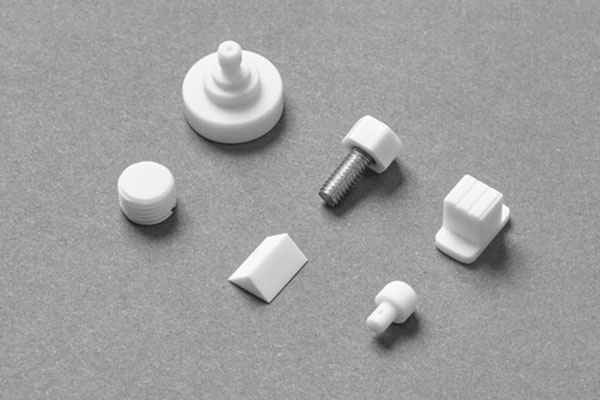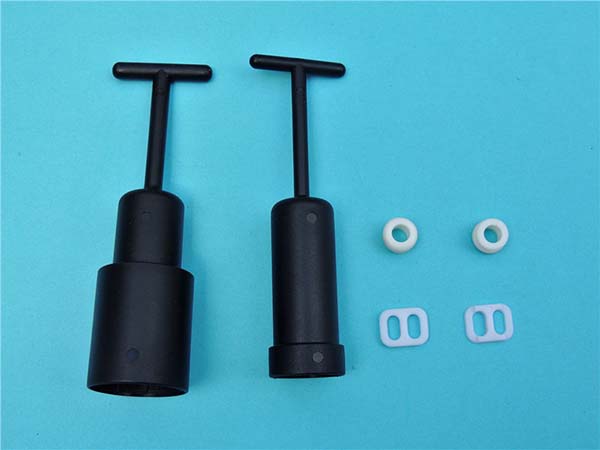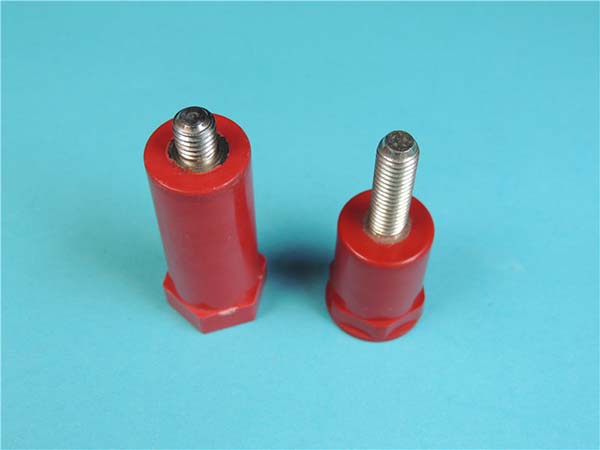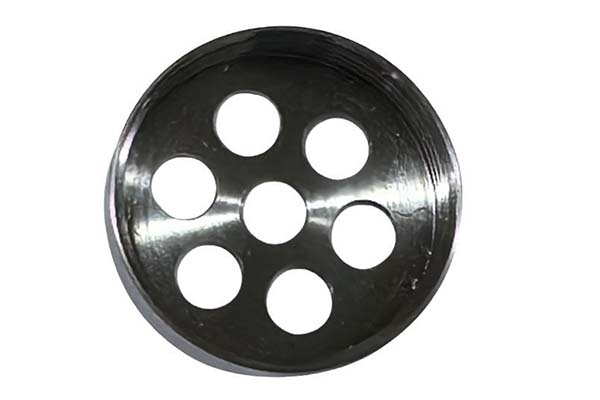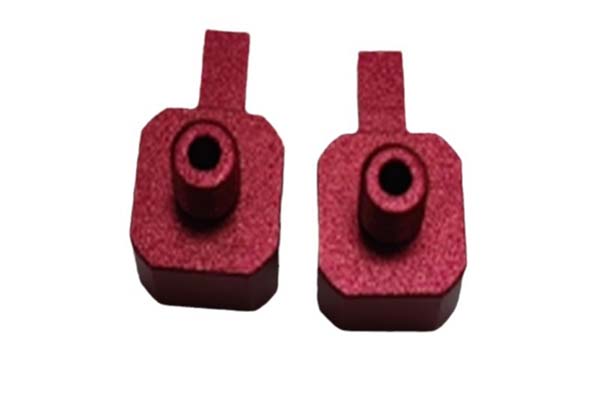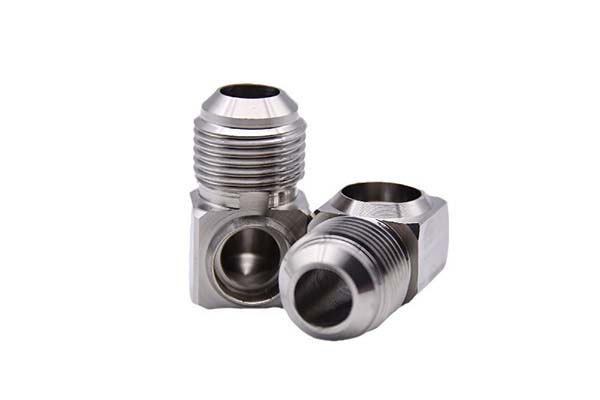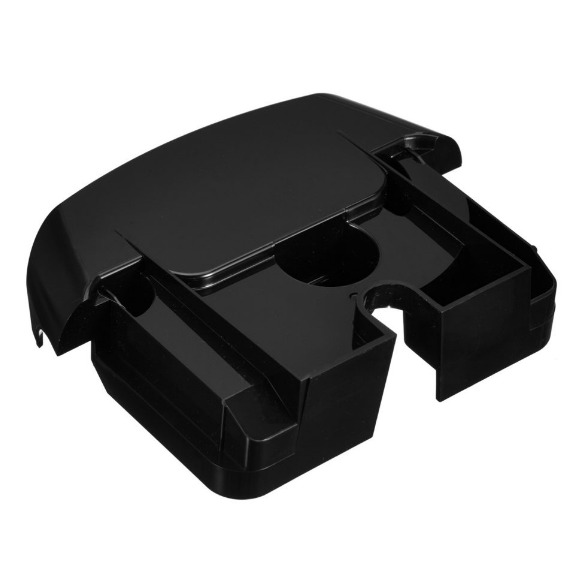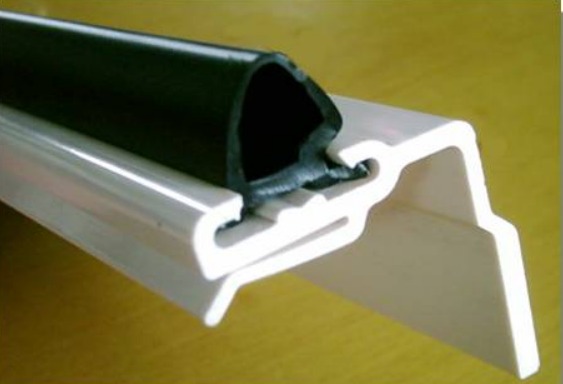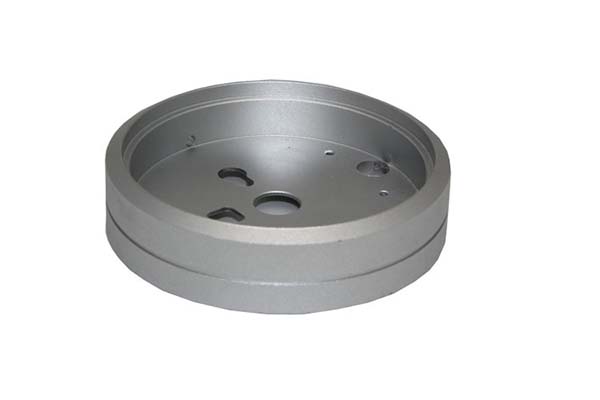Introduction
Zirconia ceramics (ZrO₂) have gained widespread acclaim for their unique combination of strength and toughness, making them ideal for demanding applications. However, machining these advanced ceramics comes with its own set of challenges: while less brittle than alumina, brittleness of zirconia ceramics still poses a risk of cracking, tool wear when machining zirconia remains a concern due to its hardness, and achieving precise surface finish requires specialized approaches. This article addresses these pain points by exploring zirconia’s properties, breaking down effective CNC machining techniques, highlighting key applications, and discussing recent advancements, providing you with the expertise to master zirconia ceramic machining.
Properties of Zirconia Ceramics for CNC Machining
Zirconia ceramics derive their exceptional performance from their zirconia (ZrO₂) composition, often stabilized with yttria (3–8 mol%) to prevent phase transformations that cause cracking. One of their most notable traits is high toughness of zirconia ceramics—6–10 MPa·m¹/², significantly higher than alumina, which makes them resistant to impact and fracture. This toughness, combined with high strength of zirconia ceramics (tensile strength: 800–1200 MPa) and flexural strength of zirconia (900–1500 MPa), allows them to withstand heavy loads in applications like zirconia ceramic bearings and zirconia ceramic wear parts.
Zirconia exhibits excellent thermal stability of zirconia, withstanding temperatures up to 1200°C, making it suitable for high-heat environments. Its electrical insulation properties of zirconia are strong (volume resistivity >10¹⁴ Ω·cm), though slightly lower than alumina, still qualifying it for electrical components. Additionally, wear resistance of zirconia ceramics is exceptional—surpassing many metals and even alumina in certain applications—extending the lifespan of parts like zirconia ceramic nozzles and cutting tools.
CNC Machining Techniques for Zirconia Ceramics
Milling, Turning, and Grinding
CNC milling zirconia ceramics requires diamond tools to handle its hardness, but its higher toughness allows for slightly more aggressive parameters than alumina. Spindle speeds typically range from 6000–18000 rpm, with feed rates of 0.02–0.06 mm/rev—faster than alumina, reducing cycle times. Rigid machine setups remain important to avoid vibration-induced cracks, but zirconia’s toughness provides more leeway.
CNC turning zirconia ceramics uses diamond-tipped inserts with moderate rake angles to balance cutting efficiency and surface quality. Cutting speeds of 15–40 m/min and depths of cut of 0.2–0.6 mm are feasible, with water-soluble coolants to manage heat and remove chips.
CNC grinding zirconia ceramics is essential for achieving tight tolerances and smooth finishes. Diamond grinding wheels with grit sizes of 100–600 mesh produce surface finishes as low as Ra 0.02 μm, suitable for zirconia ceramic dental implants and precision medical devices.
Advanced Techniques: Laser Machining and EDM
For intricate geometries, laser machining zirconia ceramics offers contact-free precision. Fiber lasers (1064 nm wavelength) cut through zirconia with minimal heat-affected zones, achieving tolerances of ±0.005 mm—ideal for complex zirconia ceramic medical devices.
EDM (Electrical Discharge Machining) zirconia ceramics is possible with conductive additives, though less common than mechanical machining. It is useful for creating fine features in zirconia ceramic aerospace components where traditional methods may risk damage.
Diamond tooling for zirconia machining is critical: polycrystalline diamond (PCD) tools for milling and turning, and resin-bonded diamond wheels for grinding. Cutting speeds and feeds for zirconia are optimized to leverage its toughness—higher feeds than alumina but still controlled to prevent excessive tool wear.
Applications of CNC-Machined Zirconia Ceramics
Zirconia’s unique properties make it indispensable across industries. In dentistry, zirconia ceramic dental implants and crowns benefit from its biocompatibility, strength, and natural tooth-like appearance. Zirconia ceramic cutting tools outperform carbide in machining high-hardness materials like hardened steel, lasting 3–5 times longer.
Zirconia ceramic bearings excel in high-speed and corrosive environments, offering lower friction and longer life than steel bearings. Zirconia ceramic wear parts in pumps and valves withstand abrasive fluids, reducing maintenance costs.
In the medical field, zirconia ceramic medical devices such as surgical instruments and implantable components leverage its biocompatibility and strength. Zirconia ceramic aerospace components like sensor housings and thermal barriers use its thermal stability and lightweight properties, while zirconia ceramic nozzles in industrial spray systems resist wear from high-velocity fluids.
Challenges in Machining Zirconia Ceramics
Key Obstacles and Solutions
While tougher than alumina, brittleness of zirconia ceramics still presents challenges—rapid temperature changes or excessive cutting forces can cause cracking. This requires controlled thermal management in zirconia machining—using coolants at 20–25°C and avoiding prolonged cutting in a single area to prevent heat buildup.
Tool wear when machining zirconia is significant due to its hardness. Ultra-fine-grain diamond tools and optimized cutting paths reduce wear, extending tool life by 20–30% compared to standard diamond tools.
Surface finish issues with zirconia include micro-chipping at edges, which can be mitigated by sharp tools and low feed rates during finishing passes. Precision requirements for zirconia parts (often ±0.005–0.02 mm) demand tight process control, while vibration control in zirconia machining—via rigid fixturing and dynamic balancing—ensures consistent cuts.
Advancements in Zirconia Ceramic Machining
Recent innovations have enhanced zirconia machining efficiency. Advanced CNC machines for zirconia feature high-speed spindles (up to 30000 rpm) and real-time vibration monitoring, adjusting parameters to prevent damage. Innovations in zirconia machining tools include nanocrystalline diamond (NCD) coatings, which extend tool life by 50% compared to traditional PCD tools.
High-speed machining of zirconia ceramics reduces cycle times by 40–60% while maintaining precision, thanks to improved machine rigidity and toolpath optimization. New techniques for zirconia surface finishing, such as plasma-assisted polishing, achieve mirror-like finishes (Ra <0.01 μm) for optical and dental applications.
Software for optimizing zirconia machining uses AI algorithms to predict tool wear and adjust feeds/speeds, reducing waste. Additive manufacturing with zirconia ceramics (3D printing) produces near-net-shape parts, minimizing machining time and material usage—particularly valuable for complex dental and medical components.
Yigu Technology's Perspective
At Yigu Technology, we specialize in CNC machining zirconia ceramics, leveraging its unique toughness to achieve precise and durable parts. Our advanced diamond tooling and high-speed CNC machines with real-time monitoring ensure efficient machining with minimal tool wear. We deliver surface finishes as low as Ra 0.02 μm for critical applications like zirconia ceramic dental implants and aerospace components. Trust us to balance speed and precision, providing high-quality zirconia parts that meet your most demanding requirements.
FAQ
- How does zirconia ceramic differ from alumina in terms of machinability?
- Zirconia’s higher toughness (6–10 MPa·m¹/² vs. 3–5 MPa·m¹/² for alumina) allows faster feeds and reduces cracking risk, making it more forgiving but still requiring diamond tools.
- What tools are best for machining zirconia ceramics?
- Diamond tools (PCD for milling/turning, diamond grinding wheels for finishing) are essential to handle its hardness while leveraging its toughness for cleaner cuts.
- What is the typical tolerance for CNC-machined zirconia parts?
- With advanced techniques, tolerances of ±0.005–0.01 mm are achievable, making zirconia suitable for precision applications like dental implants and aerospace components.
